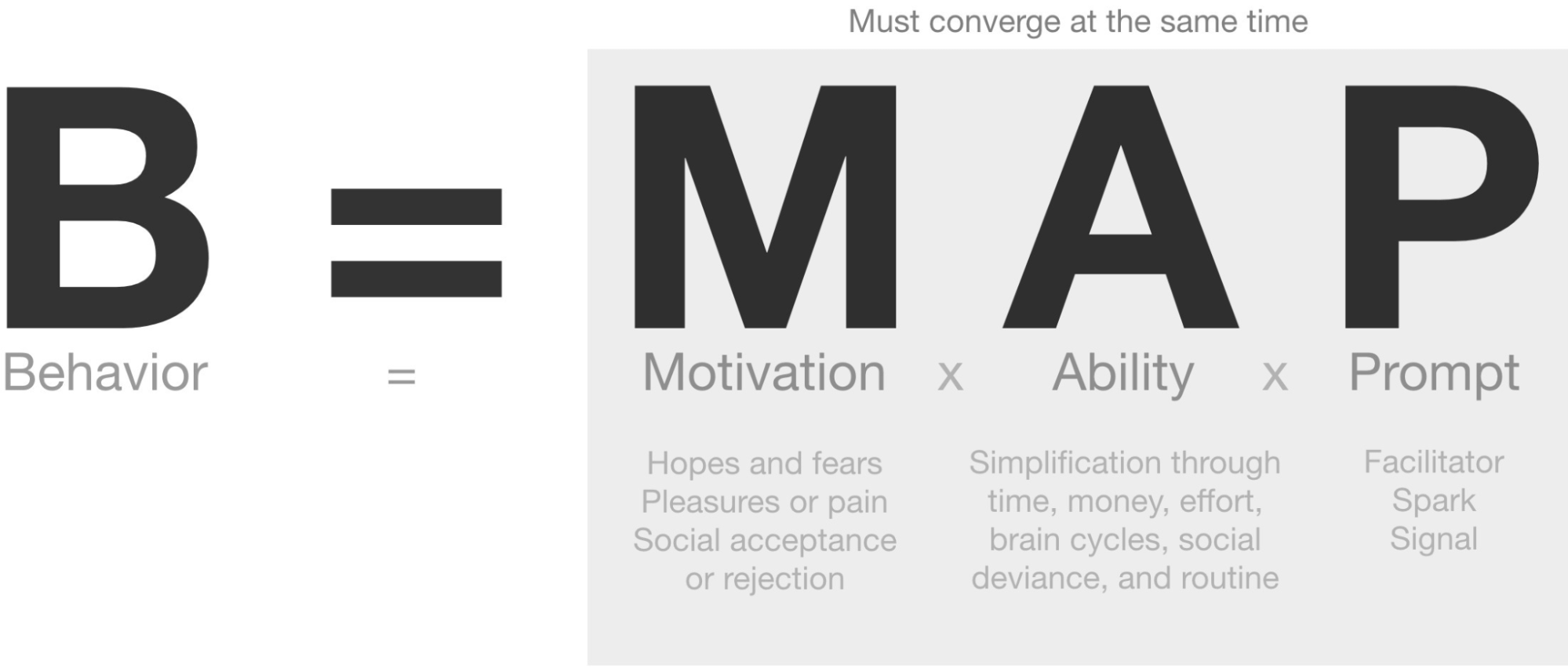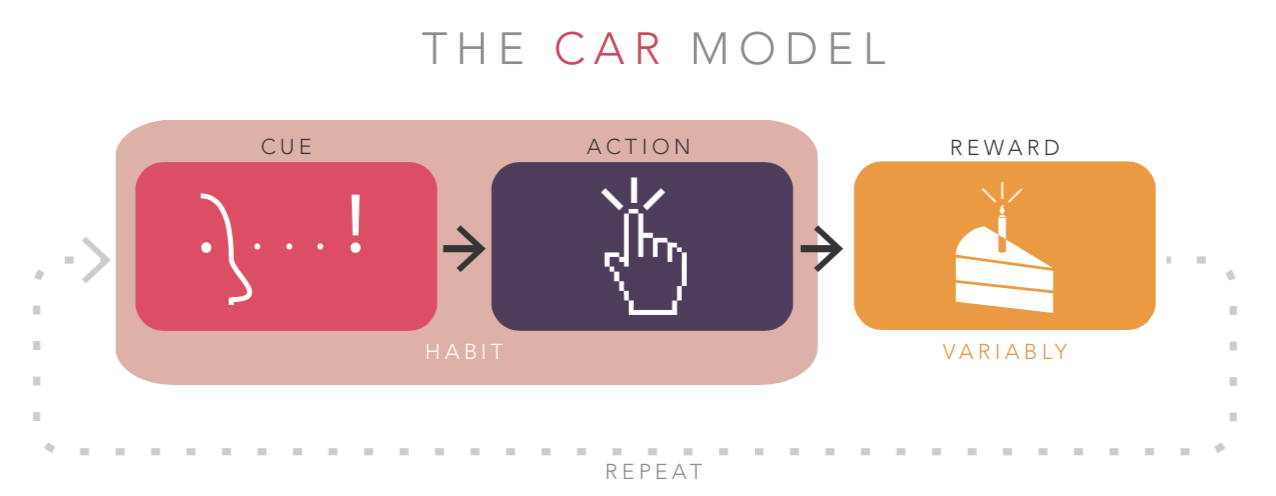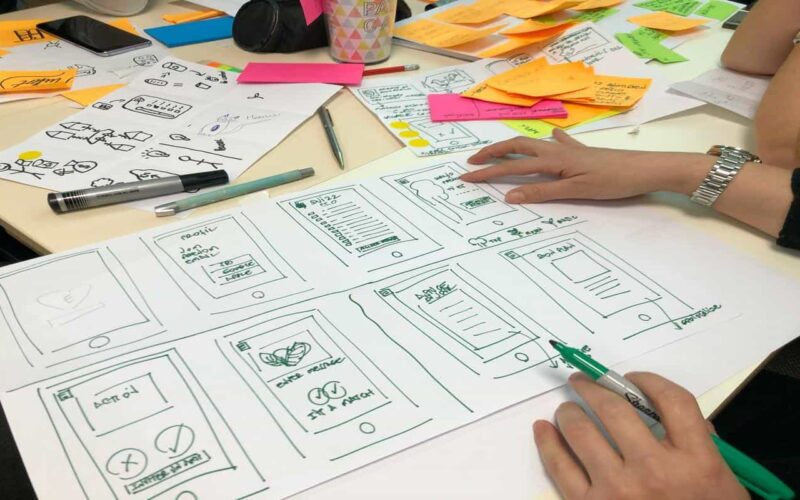Firstly, what do we mean by “Design” & “Design Thinking”?
Hardest to keep it short, but let me try simplifying it: Design is creating environments (spaces/objects) for thoughtful communication & action. In other words, Design is constructing realities – physical, virtual or hybrid, offering tangible or intangible value and creating an experience to fulfil a purpose. Design Thinking is a way of solving problems with empathy, sensing needs, generating ideas, prototyping solutions & continuously improving the solution.
Our biggest quest as Designers & Design Thinkers I believe, is to understand what drives human behavior, why humans love randomness and how to persuade people to take action.
In a way, every business is in the business of persuasion. Our role as a Designer often requires us to create environments/objects people love to engage with, communicate value, create experiences that effortlessly move users to action. Design is powerful and has the potential to change people’s lives – and so Designers have a huge responsibility to stand for “Ethical Design” that brings a positive social impact through design.
Now, where did the “Behavioral” in the “Behavioral Design Thinking” come from?
Behavioral science attempts to combine biology, sociology & other disciplines to study human behavior – understand how people think, feel & act in different circumstances. Behavioral economics attempts to combine economics & psychology, to understand human decision-making. Behavioral Design [BD] is a way of applying behavioral insights (why people behave the way they do) to Product/UX/UI Design.
What causes a behavior change?
Here is Fogg’s model that says for behavior change to happen, motivation, ability & prompt all these must converge at the same time.

Wait, does our environment shape our behavior?
Our environment plays a huge role in “subliminally” shaping our behavior, often even without us realizing it consciously. For example, if we want to become healthier, but our environment doesn’t have enough visual cues & nudges, to make us consider healthier alternatives, instead – has unhealthy junk food visibly placed, then it is less likely that we’ll change. Another example I can think of:
If you don’t want to carry your phone to the loo, first thing in the morning – but you continue to keep the phone next to your bed, it’s highly likely that you’ll repeat the same behavior (grab the phone & walk into the loo). Instead, if you keep the phone away from your bed, charge it away from the bed, and maybe also charge your fitbit device next to the phone, it’s more likely that you’ll consider wearing the fitbit to push yourself to walk, after freshening up.
Users can automatically change behaviors, in response to stimulus in their environment. Choice Architecture is about adjusting the user’s environment to bring change in the user’s behavior.

“Behavioral Design Thinking” [BDT] aims to empathize with people’s current environment, needs, hopes, fears, behaviors, habits to define the problem statement – summarizing a shift from an old behavior to a new desired behavior [Target Behavior].
BDT’s objective is to help teams identify the behavior change that‘s needed for their product/service to be considered “Valuable”, and to help teams generate ideas on how to enable Users to get to the desired new behavior. Basically, helping/guiding/reshaping user’s behaviors to match their aspirational, future self – and establishing a viable business model.
On the “Behavioral Design Thinking” journey – a cross-functional, multi-disciplinary team would come together to solve problems – starting with observing user behaviors, observing the environment/context in which the user is operating, summarizing their needs to shed an old behavior and shift to a desired new behavior.
Teams would be empathizing with how users think, feel & act (describe the gap between what they think & how they feel, gap between how they feel & what they say, gap between what they say they’ll do & what they actually do), build a hypothesis, generate ideas, prototype solutions & iteratively improve on them.
In the BDT journey, teams would create:
- User Personas outlining Current Vs Desired Behavioral Shifts,
- Empathy Maps,
- User Journey Maps,
- Business Impact Maps,
- Moodboards, Low fidelity wireframes
Aspiring to engage a team to build a new Product, for guiding behavior change? Reach out to our Design-thinking experts.
Codewave is a design thinking led digital transformation company enabling organisations with playful innovation using AI & ML, IoT & Edge, AR, VR, Cloud, Blockchain, and Data.







